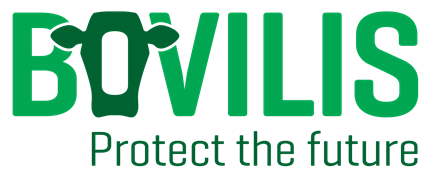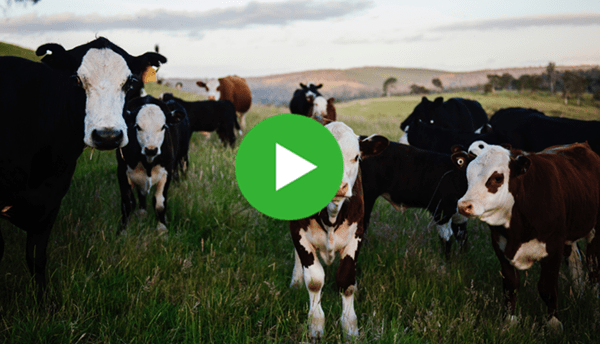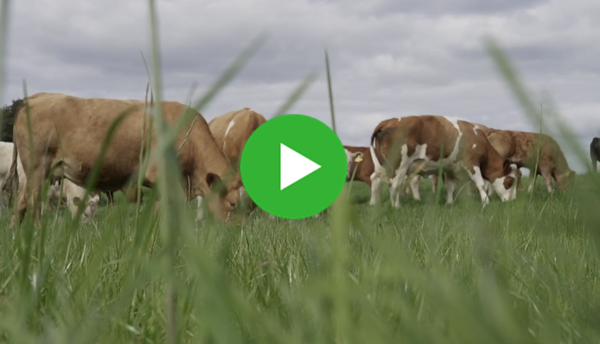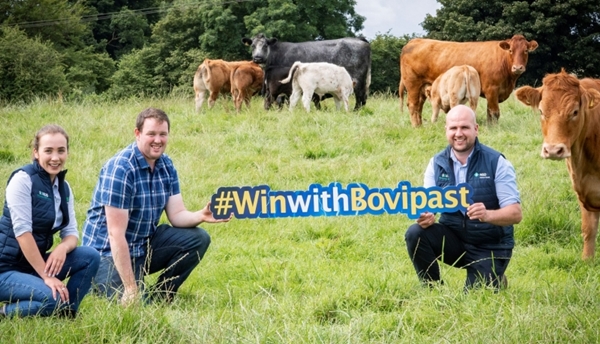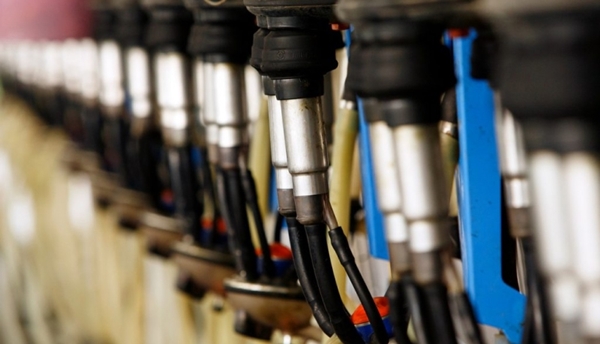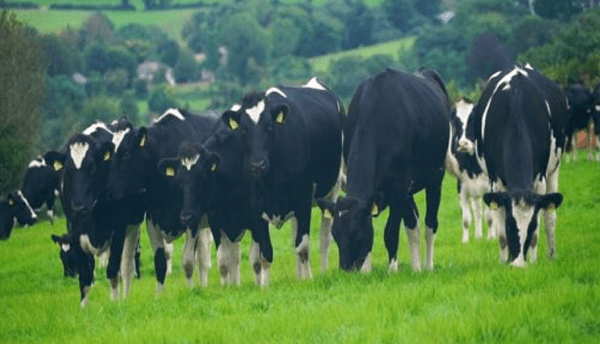

NEWS
BVD eradication – Update and control measures
9th March 2021
TAGS
The incidence of BVD among Irish herds has declined dramatically since the introduction of the eradication programme in 2013. In 2013, there was 16,194 cattle identified as positive for BVD. In 2020, there was 804 cattle identified positive for BVD. As of week 9 2021 there has been 159 animals identified as positive for BVD in comparison to 168 for the same period in 2020. While these results indicate great progress has been achieved in eradicating this disease, these figures show that the virus still circulates in our national herd. To ensure this disease is eradicated we must continue our approach, as outlined below, at farm level since the introduction of the eradication programme.

How does BVD spread?
This mainly occurs by nose-to-nose contact between infected cattle within the herd. Introduction of infected animals (either transiently or persistently) to the herd provides the greatest risk. Contact with infected animals from neighbouring farms, at marts or shows and during transport facilitates spread of disease. Animals can be infected by exposure to contaminated equipment, other species including sheep or by visitors to the farm.
What is a transiently infected (TI) animal?
Acute or transient infection occurs when an animal becomes infected for the first time at any point in its life after it is born. The animal may scour and occasionally it can result in death of the affected individual but often this infection is not associated with any obvious signs. When animals are transiently infected with BVD their immune system recognises the disease and responds by producing antibodies to protect against the effects of BVD.
Transiently infected (TI) animals test virus positive at the time of infection but become virus negative within 3 weeks after infection. Once TI animals become clear of BVD virus they are no longer a threat to the rest of the herd. The majority of PI animals are born to cows which were transiently infected in the first 4 months of pregnancy.
Why do I need to vaccinate if I am testing all calves and removing PI’s?
Removal of PI animals will decrease the amount of virus circulating within the herd. However, if cows are not protected during pregnancy, transient infection during the first 4 months of pregnancy can result in the birth of future PI calves. The most effective approach to BVD control within the herd is to test and eradicate PI carriers, vaccinate to protect pregnant cows and be vigilant regarding biosecurity. On-going monitoring to ensure the herd control measures are working, form the last critical aspect of a comprehensive control plan.
Bovilis BVD Vaccination Protocol

8 CRITICAL POINTS RELATING TO BVD ERADICATION
- Tissue tag testing remains compulsory in 2020.
- Take tissue tag samples from all calves as soon as possible after birth.
- Submit samples to a designated laboratory.
- Tissue tag and test all calves born including still births.
- Carry out all necessary follow up testing once a PI is identified e.g. test dam of PI. If the dam is also positive all her other offspring must be tested. Where a decision is taken, based on veterinary advice, to re-test the calf, this must be done by means of a blood sample only (this also applies to testing of dams). DAFM will meet the costs of the visit by the herd’s veterinary practitioner and of testing the calf (and dam
if sampled at the same time). - A PI animal should not be sold but should be isolated and culled at the earliest opportunity. DAFM will automatically restrict movements into and out of herds that retain PI animals for more than 21 days after the date of the initial test (in the absence of a recorded date of death on AIM). DAFM supports for removal of PI calves remain at the following rates:
BEEF HERDS:
i. €220 for beef breed animals removed with a registered date of death on AIM within 10 days of the initial test, reducing to €30
if removed between 11 and 21 days after the initial test.
DAIRY HERDS:
i. Dairy heifers and dairy cross calves: €160 if removed within 10 days of the initial test, reducing to €30 if removed between 11
and 21 days after the initial test.
ii. €30 for removal of bull calves within 14 days of the initial test.
It is anticipated that from 1st April 2020, there will be a legal requirement to test pre-2013 born animals. - Vaccinate all breeding animals before service each year to protect against infection.
- Maintain high level biosecurity and continue monitoring to ensure freedom from disease.
To find out more about BVD vaccination, please contact your veterinary practice.
Use Medicines Responsibly
Bovilis® BVD Suspension for injection for cattle vaccine contains inactivated antigen of cytopathogenic
BVD virus strain C-86.
Legal categories: ROI: POM (E) . NI: POM-V . Withdrawal period: zero days.
For further information please contact your vetinary practioner or MSD Animal Health Technical Team,
MSD Animal Health, Red Oak North, South County Business Park, Leopardstown, Dublin 18, Ireland.
Tel: +353(1) 2970220. E-Mail: vet-support.ie@merck.com
Web: www.msd-animal-health.ie
TAGS
Sign up to Bovilis® product and event information
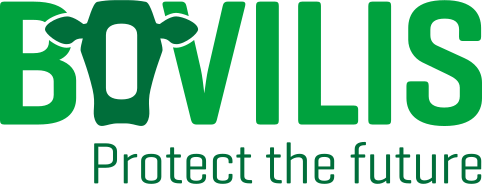
MSD Animal Health
Red Oak North, South County Business Park, Leopardstown,
Dublin 18, Ireland
vet-support.ie@msd.com
PHONE
CATTLE DISEASES
